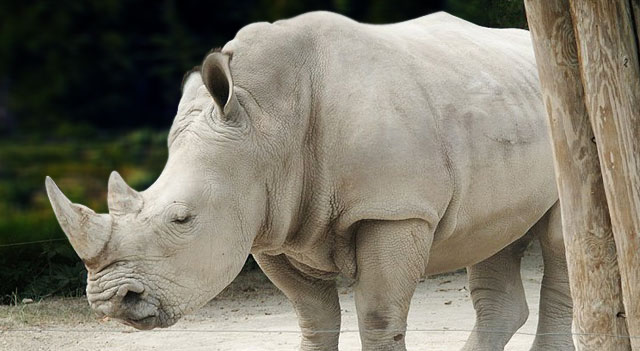


The researchers extracted and sequenced DNA from the fecal samples, which allowed them to identify the diversity and abundance of bacteria in the gut of the study animals. “We wanted to have a robust sample size that would allow us to assess the gut microbiome of females in this species while accounting for age, the time of year and reproductive status,” Burnham says. The study population consisted of two juveniles two “subadults” who are no longer nursing but are not yet of reproductive age two adults who have reproduced successfully and two adults who have not reproduced successfully. To that end, the researchers collected multiple fecal samples from eight female southern white rhinoceroses over a six-month period. We wanted to know how the gut microbiome may influence the reproductive ability of these rhinos.” “It is critical we understand why, as the managed rhinos serve as important assurance populations in case wild rhino numbers continue to fall. “There is a significant population of southern white rhinos under human care in the United States, but there have been challenges in getting many of these animals to reproduce successfully. “Our work focuses on the southern white rhinoceros ( Ceratotherium simum simum), because while it is not yet endangered, species numbers are declining in the wild due to poaching,” says Christina Burnham, a former graduate student at North Carolina State University and first author of the paper in the journal Animal Microbiome. The findings raise questions about the role that a particular genus of gut microbes may be playing in limiting captive breeding of this rhinoceros species. The gut microbiome of female southern white rhinos who are reproducing successfully in captivity are significantly different than those who are not, according to a new study. University North Carolina State University


 0 kommentar(er)
0 kommentar(er)
